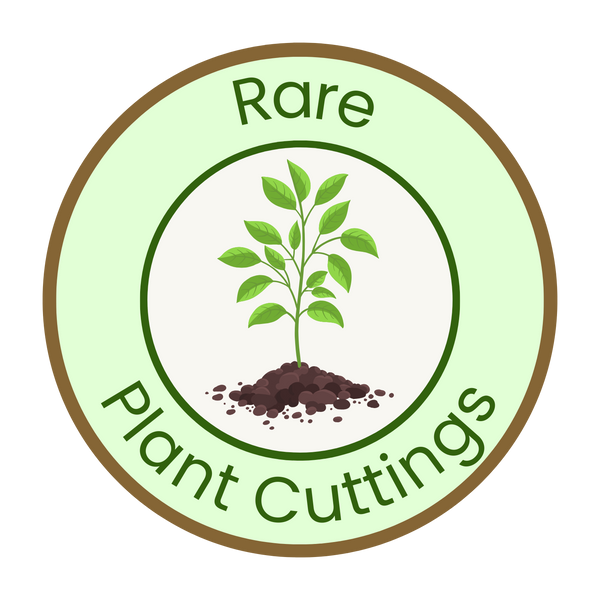1
/
of
2
Alupag Plant
Alupag Plant
Regular price
$39.95 USD
Regular price
Sale price
$39.95 USD
Unit price
/
per
Shipping calculated at checkout.
Couldn't load pickup availability
The alupag fruit, scientifically known as Dimocarpus didyma, is a tropical fruit related to the more familiar longan (Dimocarpus longan) and lychee (Litchi chinensis), all belonging to the Sapindaceae family. It is native to Southeast Asia and is grown in countries such as the Philippines, Indonesia, and Malaysia. Here are some key details:
Appearance and Flavor
- Fruit: The alupag fruit is small, about the size of a marble, with a rough, brownish shell that can be easily cracked open.
- Flesh: Inside, the flesh is translucent and juicy, resembling that of a lychee or longan but with a slight difference in texture and taste.
- Taste: Alupag fruit has a sweet, mildly tangy flavor, which is similar to longan, though it may be slightly less aromatic than lychee.
Growing Conditions
- Climate: Alupag thrives in tropical climates with high humidity and well-distributed rainfall. It requires warm temperatures and doesn’t tolerate frost.
- Soil: It prefers well-drained, fertile soils with good organic matter, similar to other Sapindaceae members.
- Propagation: The tree can be propagated from seeds, which germinate readily if fresh, though it also grows from air layering and cuttings.
Tree Characteristics
- Height: The tree can grow up to 15-20 meters tall, with a broad crown.
- Leaves: Its leaves are compound, similar to other tropical fruit trees in the family, and provide ample shade.
- Fruit Bearing: Alupag trees produce clusters of fruit, often seasonally, and take several years to mature before yielding a significant harvest.
Alupag fruit is not as widely commercialized as lychee or longan, but it’s appreciated locally in Southeast Asia for its unique flavor and similarity to its better-known relatives.
Share




